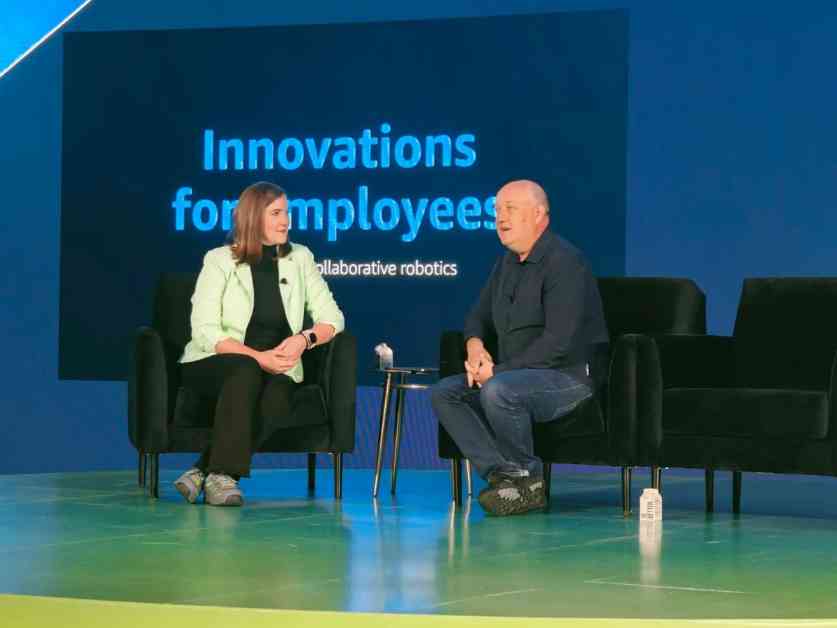Amazon recently held its Delivering the Future event in Nashville, where key updates were shared on the company’s use of AI in shopping experiences and computer vision to enhance package delivery efficiency. Although the event did not introduce new robotics systems, it shed light on the integration of existing technologies within Amazon’s operations.
In a post-event interview with TechCrunch, Tye Brady, Amazon Robotics chief technologist, discussed the company’s current robotics landscape. Amazon currently boasts over 750,000 robots in its U.S. fulfillment centers, primarily consisting of autonomous mobile robots (AMRs) acquired from Kiva Systems in 2012. These AMRs, including the Proteus system, have been instrumental in streamlining warehouse operations.
Aside from AMRs, Amazon has diversified its robotic fleet to include robotic arms like Robin, Cardinal, and Sparrow for sorting and stacking tasks. The latest addition, Sequoia, is an automated storage and retrieval system introduced at the 2023 event. Named after the massive redwoods of Northern California, Sequoia is designed to optimize storage efficiency in fulfillment centers.
The first Sequoia system was deployed in a Houston-area facility, with a larger system recently launched in Shreveport, Louisiana, spanning over 3 million square feet. Amazon’s focus on retrofitting existing warehouses with advanced robotics technology, as seen in the Shreveport center, emphasizes operational efficiency and scalability.
Brady highlighted Amazon’s commitment to creating more robot-centric jobs alongside the deployment of new robotic systems. The Shreveport facility, Amazon’s inaugural “Gen 12” building, is projected to employ 2,500 humans once fully operational. This shift towards automation allows employees to focus on tasks that require problem-solving and critical thinking skills, complementing the capabilities of robots.
While Amazon continues to explore bipedal robots like Agility’s Digit, Brady emphasized the importance of integrating new technologies seamlessly into existing workflows. The partnership with UC Berkeley spinoff Covariant underscores Amazon’s investment in leveraging AI for complex tasks such as product pick and placement.
As Amazon navigates the evolving landscape of robotics and automation in warehousing, collaborations with innovative startups and a focus on enhancing human-robot interactions remain key priorities. The company’s strategic approach to integrating cutting-edge technologies demonstrates its commitment to revolutionizing the future of warehousing operations.











